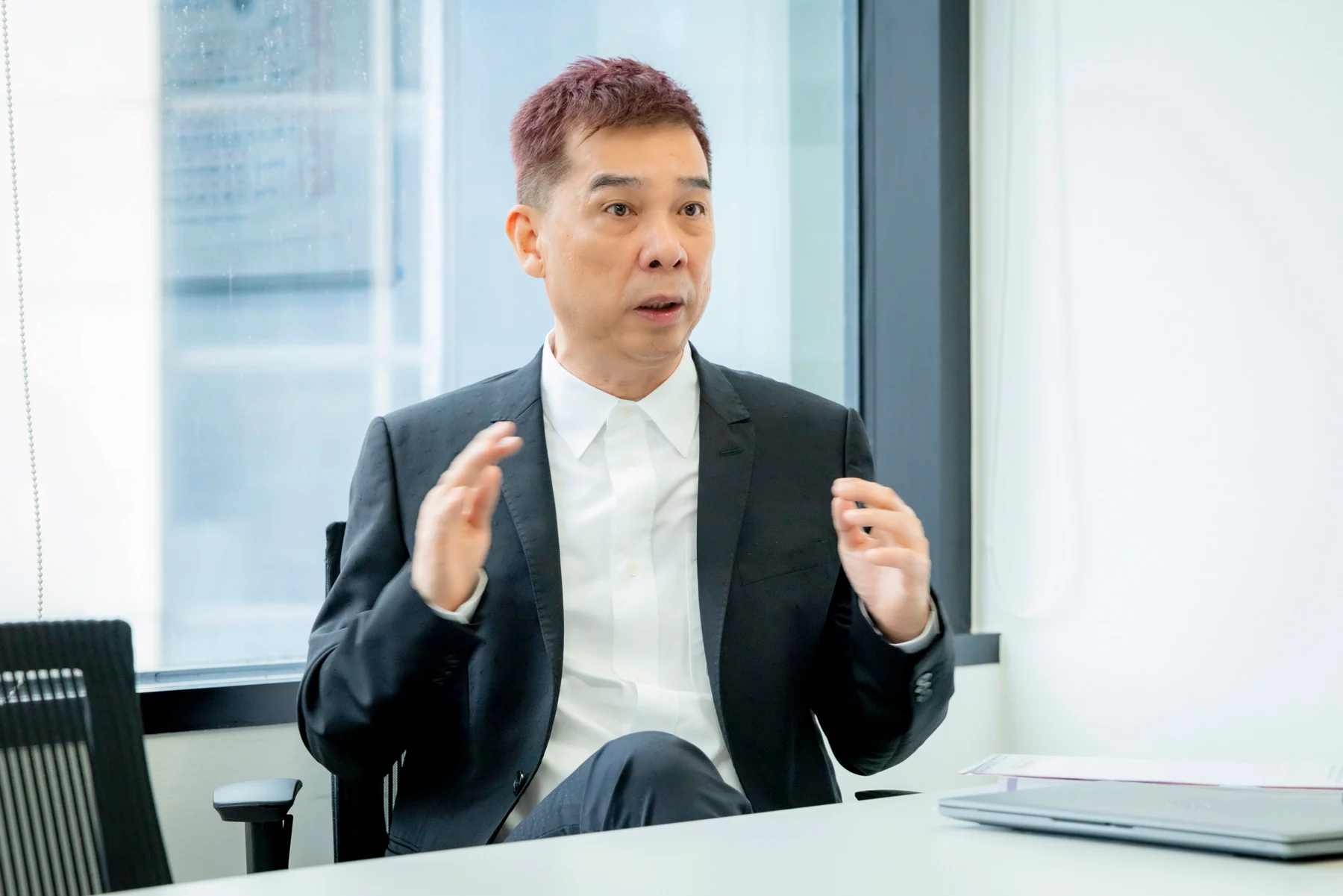Copyright Foreign Policy

Welcome to Foreign Policy’s Southeast Asia Brief. The highlights this week: Back-to-back typhoons once again batter the region, an Indonesian school is attacked, a controversial rapper is caught up in a Malaysian murder investigation, and Southeast Asia contemplates nuclear power. On Monday came the late-breaking news that Thailand was suspending implementation of the deal it signed with Cambodia last month. This was the agreement that U.S. President Donald Trump presided over and concerns a border dispute between the two countries. Thailand’s announcement came after its soldiers were injured in a land mine explosion near the Cambodian border, a Thai spokesperson said. Cambodia has said it remains committed to the agreement. Have feedback? Hit reply to let me know your thoughts. Super Typhoon Fung-Wong Batters the Philippines It almost seems as though the Philippines is cursed. At time of writing, Super Typhoon Fung-wong is battering the country’s most populous island, Luzon. About a million people have been evacuated, and at least eight have been killed. The storm arrived just days after the devastating Typhoon Kalmaegi. The death toll from that event stands at 229, with at least 224 deaths in the Philippines and five in Vietnam. And this is just the latest in a series of storms that have relentlessly pummeled the country—and the wider region. The latest storms occurred unusually late in the year. Typhoon season usually tails off at the end of October. As I wrote last month, extreme weather in the region seems to be getting worse as global warming intensifies storms and urbanization exacerbates floods. Why is Southeast Asia disproportionately affected by extreme weather, though? A key factor is the region’s pattern of settlement, with many major cities clustered along the coast. East and Southeast Asia account for 40 percent of the world’s urban population—but also 60 percent of the world’s population living in cities 5 meters or less above sea level, according to a 2024 U.N. study. This means increased exposure to typhoons, which sweep in from the oceans, and floods, by dint of water collecting in lower-lying areas. Indeed, the study finds that in 2025, more than 200 million inhabitants of urban centers in East and Southeast Asia were exposed to riverine flooding, the highest number of any region in the world. Finally, you have to consider not just rain but heat. Cities in East and Southeast Asia also have the second-highest share of residents facing a high temperature increase in a high-emissions scenario. Only Europe would be harder hit. Southeast Asia has been hit by a series of brutal heatwaves this year. And worryingly, they arrived earlier in the year than normal. This was despite predictions that this year’s La Niña cycle might cool things down. Can the region adapt? Yes—in theory. There’s a lot you can do to blunt the impact of extreme weather, starting with improved forecasting. Other measures include adapting city infrastructure to provide flood defenses and cooling centers, improving disaster response and recovery, and developing forms of disaster insurance to help countries deal with the high costs. All this requires money and administrative competence, though, which are not guaranteed. The ongoing scandal in the Philippines over “ghost” flood defense projects—left incomplete after the money was misappropriated—is an example of this problem. Money spent dealing with climate disasters drains resources for dealing with other issues, too. The Lowy Institute’s 2025 Southeast Asia Aid Map shows that money spent on climate-related disaster relief hit record highs in 2023 (the last year with comprehensive data) and since then seems to have climbed higher again. All this comes against a backdrop of shrinking global aid budgets. As things stand, the picture is grim. Southeast Asia currently spends only 7.4 percent of what it should on disaster adaptation, according to a U.N. estimate. What We’re Watching Indonesian school attack. A bomb detonated in the school mosque of an Indonesian high school in North Jakarta during Friday prayers left 96 people injured. Thankfully, no one was killed. The suspected perpetrator is reportedly a 17-year-old student at the school. He is now undergoing treatment at a hospital ahead of police questioning. While motivations are unclear, this may be a case of “salad bar extremism,” common among contemporary lone-wolf terrorists—idiosyncratic conspiracy theorism inflected with elements of far-right ideology. An object resembling a firearm was recovered near the scene with a neo-Nazi slogan on it plus references to the Christchurch shooter and online far-right esoterica. Indonesian police are also investigating potential links to terrorist networks. The public school is situated within a military housing complex occupied by a regional naval command. Students at the school often come from the families of officers, some of them high-ranking. Thai king to visit China. Thai King Maha Vajiralongkorn will visit China on Nov. 13-17. The king and Queen Suthida will meet President Xi Jinping and then Premier Li Qiang. The trip will be the first Thai royal visit to the People’s Republic of China since the two countries established diplomatic relations 50 years ago. China has also proclaimed itself as the first “major country” officially visited by the Thai king since his ascent to the throne in 2016. The move comes at a time when Thailand is working hard to lure Chinese tourists back to the country. Stories about fraud and human trafficking in Thailand, with a Chinese actor kidnapped and transported to a Myanmar scam compound in January, have sparked a sharp drop in Chinese visitors. Hoping to combat this trend, Thailand recently canceled plans to legalize casinos under pressure from Beijing. Royal diplomacy has long been an important part of Thai-Chinese relations. King Bhumibol Adulyadej, the long-reigning predecessor to the current king, was one of the first foreign heads of state to meet Deng Xiaoping after the latter assumed control of China. Deng stopped over in Thailand on his way to Malaysia and Singapore in 1978. The king also met with nearly every subsequent Chinese leader. Malaysian rapper murder mystery. Wee Meng Chee aka Namewee, a well-known Malaysian Chinese rapper, was remanded in custody by Malaysian police last Wednesday. This was in connection with the Oct. 22 death of Taiwanese influencer Iris Hsieh. Known as “nurse goddess” by her fans, Hsieh was found dead in a hotel bathtub in the same room that Namewee was staying in, according to reports. Namewee contacted emergency services after he found her unresponsive in the bathroom, police said. They found pills in the room, and Namewee tested positive for a cocktail of narcotics. He was arrested on drugs charges. Hsieh’s death was initially classified as “sudden death” but was reclassified as murder. On Nov. 5, Namewee turned himself into the police, promising to cooperate. Namewee has long courted controversy with cheeky and politically infused lyrics. He first attracted public attention in 2007 with his song “Negarakuku”—which roughly translates as “Cock Country” and puns on Malaysia’s national anthem “Negaraku,” or “My Country.” This record led to his questioning under the Sedition Act. Subsequent songs such as “Oh My God” in 2016 and “Fragile” in 2021 took aim at, respectively, religion and Chinese nationalists discussing Taiwan, Xinjiang, and other issues. He was briefly arrested for the former and blacklisted in China over the latter. Photo of the Week Believed to have existed since the early 19th century, sheep fighting is a tradition of the Garut people of West Java. This contest is regulated to only 20 headbutt matches to avoid fatal injuries or even death to the participating sheep. The sheep are judged on health, stance, fighting technique, endurance, and courage. Owners compete for attractive prizes such as refrigerators, washing machines, money, and motorbikes. FP’s Most Read This Week Why Is Trump Suddenly Talking About Invading Nigeria? by Kọ́lá Túbọ̀sún Add This to the Canon of Great Diplomacy Books by Keith Johnson Why Are China’s Generals So Quiet as Xi Purges Them? by Deng Yuwen What We’re Reading My Y in VnExpress looks at the brutal working hours of ride-hailing drivers and the toll that the cheap drives take on their health. U.S. President Donald Trump wants a new luxury golf course. Vietnamese farmers want more money for their land. Nguyen Xuan Quynh in Bloomberg digs into Trump vs. the farmers. Arlina Arshad in the Straits Times takes a look at a social media storm engulfing an Indonesian mayor, noting that the incident “exposed how politics in Indonesia has merged with performance.” In Focus: Southeast Asia’s Nuclear Flirtation For a long time, Southeast Asian countries avoided anything nuclear. A 1995 treaty bans any members of the Association of Southeast Asian Nations from developing or possessing nuclear weapons. And the announcement of AUKUS, between Australia, the United Kingdom, and the United States, in 2021 sparked a flurry of anxiety in regional governments—never mind that the submarines would be nuclear-powered, not armed. The only regional attempt at civilian use, the Bataan Nuclear Power Plant in the Philippines, was mothballed when it was near completion. A revolution and then Chernobyl prompted the Philippine state to abandon the project in 1986. Flirtations with nuclear power by Vietnam and Malaysia were ditched in the 2010s over worries about cost and risk. Now, though, attitudes may be changing, with governments openly discussing a nuclear future. As in the rest of the world, the region’s interest in nuclear power has been prompted by the green transition. Renewable options, particularly solar and storage, have seen huge reductions in prices. But nuclear power offers zero-carbon power that doesn’t vary depending on the weather. True, it is vulnerable to high costs, but new technology could drive this down. China and Russia are at the forefront. The former leads the world in building new plants, and the latter has made inducements of civilian nuclear technology a cornerstone of its diplomacy. South Korea and, to a lesser extent, the United States and France are other potential players. In Malaysia, which has some of the region’s most credible plans, the government has said public opinion remains one of the biggest challenges. And in Thailand, a majority of people still had concerns about safety and waste, according to recent survey. But a 2023 poll found that a majority of respondents in the Philippines were open to nuclear power. And a 2015 poll found 75 percent support in Indonesia. Still, attitudes may be very different for the locals who find a plant being built on their doorsteps.



